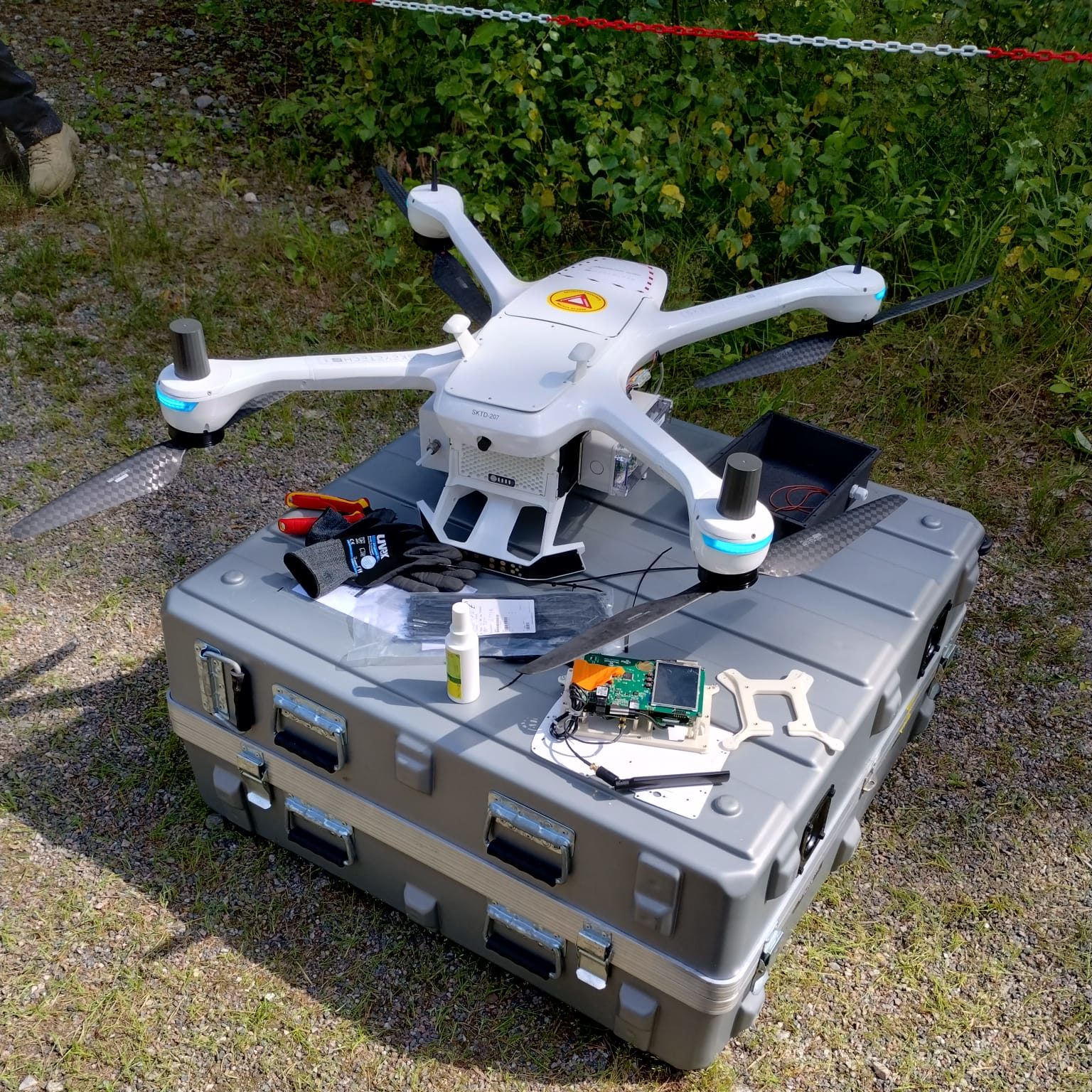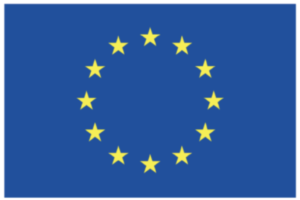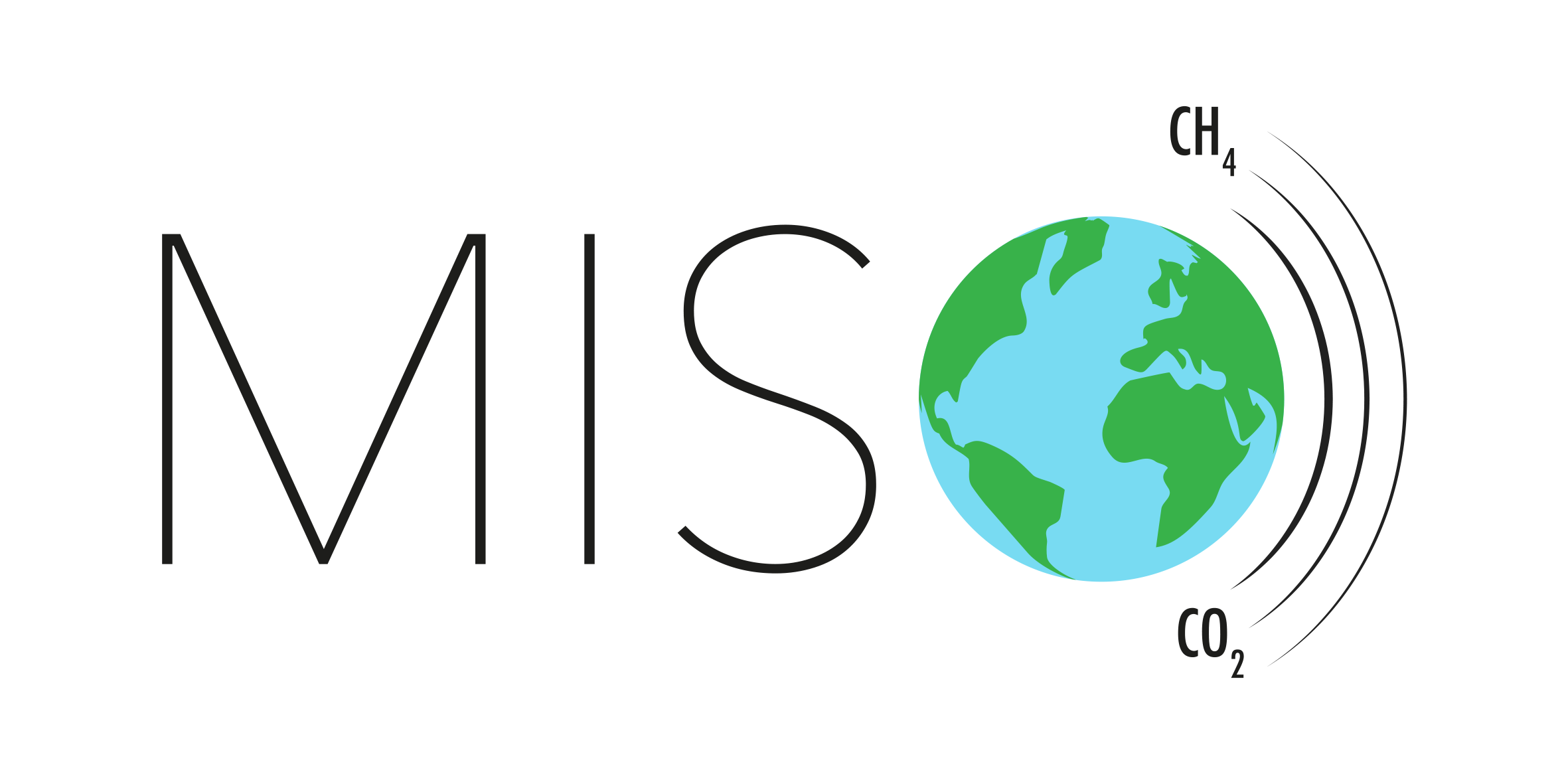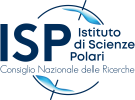This campaign will put both our 𝐢𝐧-𝐬𝐢𝐭𝐮 and 𝐔𝐀𝐕-𝐛𝐚𝐬𝐞𝐝 𝐬𝐞𝐧𝐬𝐢𝐧𝐠 𝐬𝐲𝐬𝐭𝐞𝐦𝐬 to the test under extreme Arctic conditions. Earlier trials took place at the Azur Drones test site (Bordeaux, France), the NILU laboratories (Oslo, Norway), and the Hyytiälä ICOS research station (Finland).
By validating these tools in one of the world’s most challenging environments, MISO takes another step toward improving monitoring of greenhouse gas (GHG) emissions, with a particular focus on 𝐰𝐞𝐭𝐥𝐚𝐧𝐝𝐬 𝐚𝐧𝐝 𝐭𝐡𝐚𝐰𝐢𝐧𝐠 𝐩𝐞𝐫𝐦𝐚𝐟𝐫𝐨𝐬𝐭 𝐚𝐫𝐞𝐚𝐬 in vulnerable Arctic regions.
Stay tuned for updates from the field! ❄️
🌍✈️ 𝐌𝐈𝐒𝐎 𝐢𝐬 𝐡𝐞𝐚𝐝𝐢𝐧𝐠 𝐭𝐨 𝐒𝐯𝐚𝐥𝐛𝐚𝐫𝐝 𝐟𝐨𝐫 𝐢𝐭𝐬 𝐟𝐢𝐧𝐚𝐥 𝐟𝐢𝐞𝐥𝐝 𝐜𝐚𝐦𝐩𝐚𝐢𝐠𝐧!

Contact Info
Dr. Tuan-Vu Cao, project coordinator.
The Climate and Environmental Research Institute NILU.

This project has received funding from the European Union’s Horizon Europe research and innovation programme under Grant Agreement No. 101086541.








